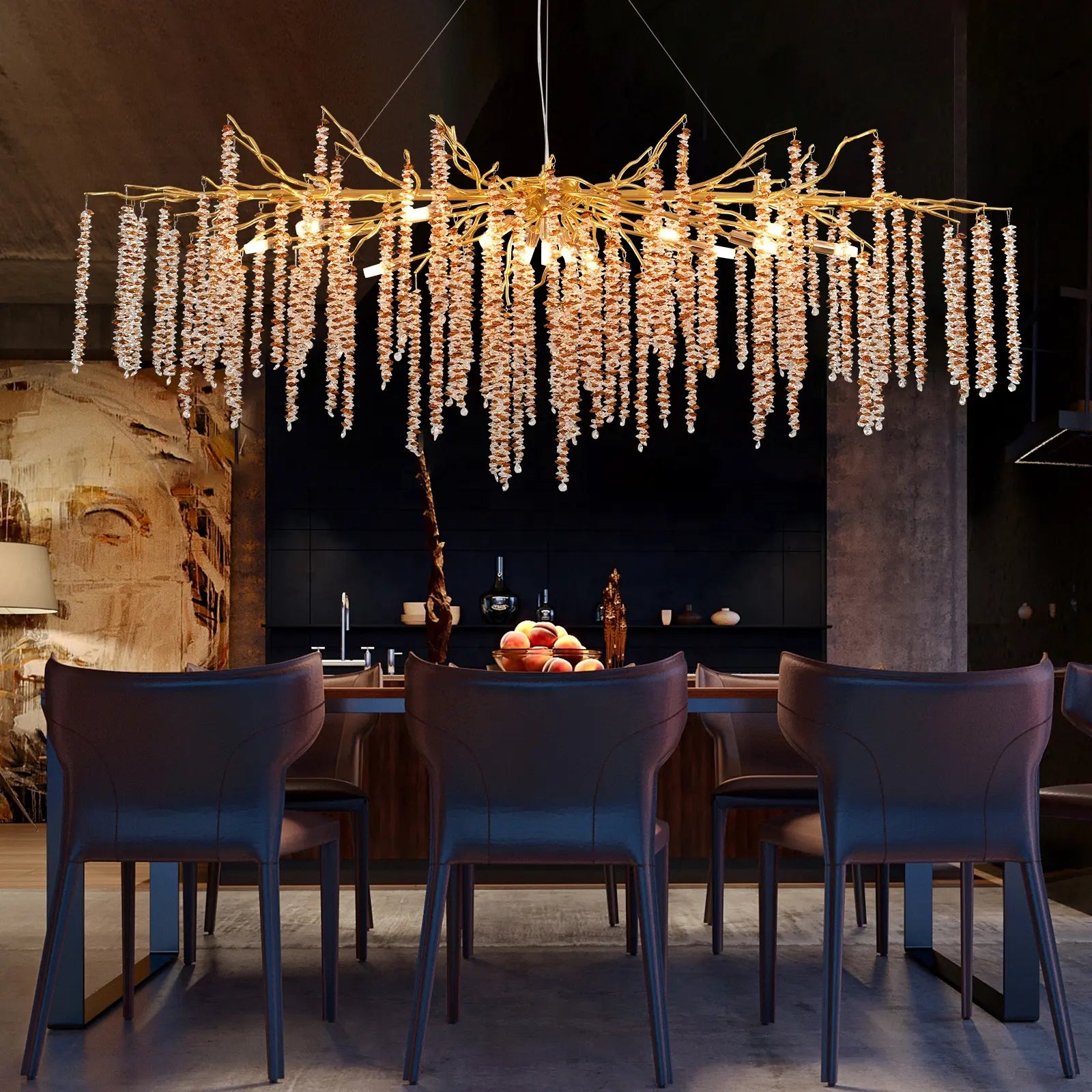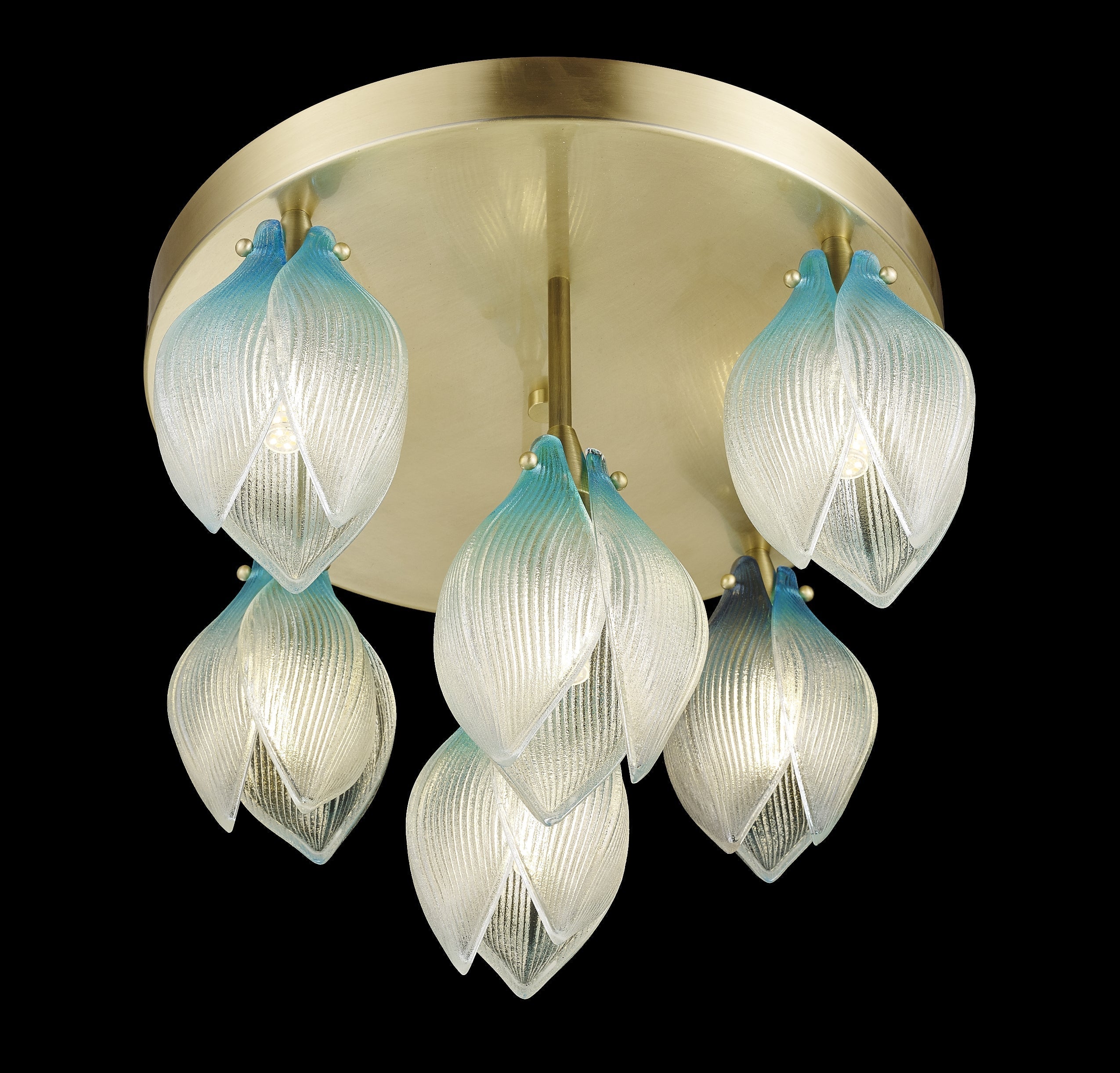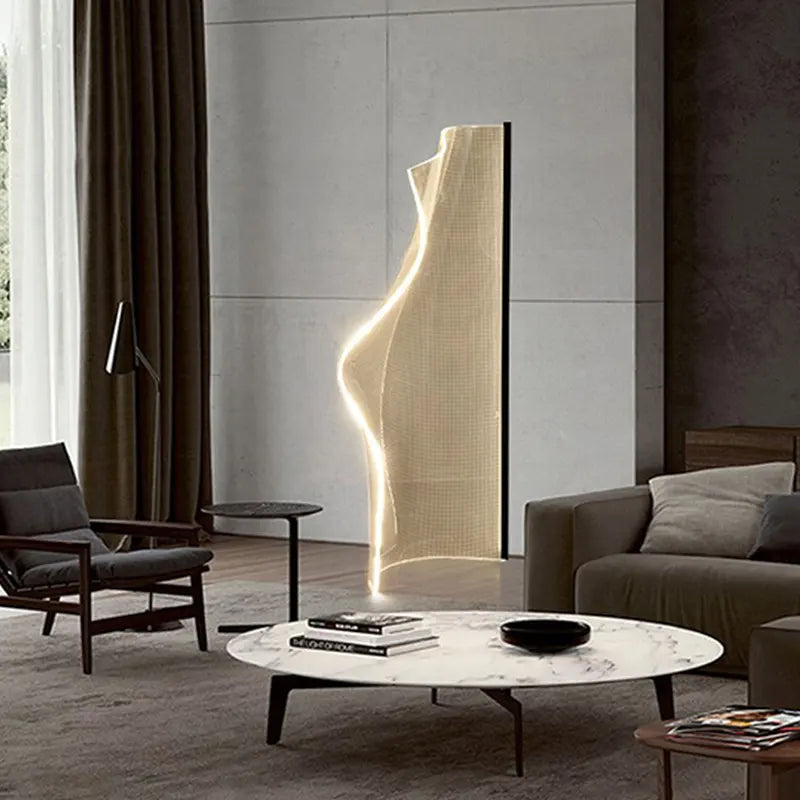How To Light Your Home Office For Optimal Productivity - A Guide
Working from home has become the new normal for many of us, and it's important to make sure our home offices are set up for optimal productivity. The right lighting can make a big difference in how comfortable and effective we are while working, so it's important to get it right. In this guide, we'll walk you through the best ways to light your home office for maximum productivity. We'll cover everything from desk lamps to overhead lighting, and we'll even touch on some tips for using natural light to your advantage. By the end, you'll have everything you need to create a well-lit workspace that's perfect for getting things done.
The Best Lighting for a Home Office
There are a few things to consider when choosing the best lighting for your home office.
First, you'll want to make sure there's enough light to see what you're doing. This means avoiding glare on your computer screen and having enough light to read and write.
Second, you'll want to choose a light that's not too harsh or bright. This can cause eye strain and make it difficult to concentrate.
Third, you'll want to consider the color of the light. Some people prefer cool white light, while others find warm light more soothing. Ultimately, it's up to you to experiment and see what works best for you.
One final tip: if you can, try to get natural light from a window into your home office. This will help you stay alert and productive throughout the day.
How to Set Up Your Home Office Lighting
There are a few things to consider when setting up your home office lighting in order to create an optimal environment for productivity. First, take into account the amount of natural light that is available in the room. If possible, position your desk near a window so you can take advantage of natural light. If there is not enough natural light available, supplement with artificial lighting. Second, consider the type of light bulbs you use. fluorescent bulbs emit a blue-tinged light that can be harsh on the eyes and may cause headaches. Instead, opt for LED bulbs, which emit a softer, more natural light. Finally, make sure your home office has good task lighting. This means having a light source that is focused on your work area so you can see clearly. A desk lamp is a good option for task lighting.
By following these tips, you can create a home office that is both productive and comfortable.
The Different Types of Lighting You Can Use in Your Home Office
There are four main types of lighting that you can use in your home office: natural light, incandescent light, fluorescent light, and LED light. Each type of lighting has its own benefits and drawbacks, so it’s important to choose the right type of lighting for your needs.
Natural light is the most efficient type of lighting, but it can be difficult to control. Incandescent light is the traditional type of light bulb, but it is not very energy-efficient. Fluorescent light is more energy-efficient than incandescent light, but it can cause headaches and eye strain. LED light is the most energy-efficient type of lighting, but it can be expensive.
When choosing lighting for your home office, it’s important to consider your needs and budget. Natural light is the most efficient type of lighting, but it can be difficult to control. If you need a lot of light for your work, fluorescent or LED lighting may be a better option. If you’re on a budget, incandescent light bulbs are the cheapest option. Whichever type of lighting you choose, make sure to get bulbs with a high lumens rating to ensure that your home office is well
The Benefits of Good Lighting in a Home Office
Good lighting is important in any workspace, but it's especially crucial in a home office. That's because you not only have to be able to see your computer screen and any paperwork clearly, but you also need to be able to create a space that's conducive to concentration and productivity. The right lighting can help you do that.
There are a few things to keep in mind when choosing lighting for your home office. First, you'll want to make sure that the light is bright enough so that you can see your work clearly. Second, you'll want to avoid glare on your computer screen. And finally, you'll want to create a space that feels warm and inviting, not cold and sterile.
One way to achieve all of these things is to use a combination of task lighting, like a desk lamp, and ambient lighting, like overhead fixtures or floor lamps. You can also use natural light from windows to help brighten up your space. Just be sure to use curtains or blinds to control the amount of light coming in, so that you don't end up with glare on your screen.
Another thing to keep in mind is the color of the light. Warm white light is generally more inviting and calming than cool
How to Use Natural Light
If you have the option to use natural light in your home office, take advantage of it! Natural light has been shown to improve mood and increase productivity. If possible, position your desk near a window so you can benefit from the natural light. You can also use light-colored curtains or blinds to help reflect light into the room. during the day, and close them at night to reduce glare from outside lights.
Conclusion
In conclusion, it is important to consider the lighting in your home office carefully in order to create an optimal environment for productivity. The right lighting can help you to avoid eye strain, stay focused and alert, and maintain a healthy circadian rhythm. There are a variety of different light sources and fixtures that can be used to create the perfect lighting for your needs, so experiment until you find the perfect setup for you. And remember to take breaks often to give your eyes a rest!







Leave a comment